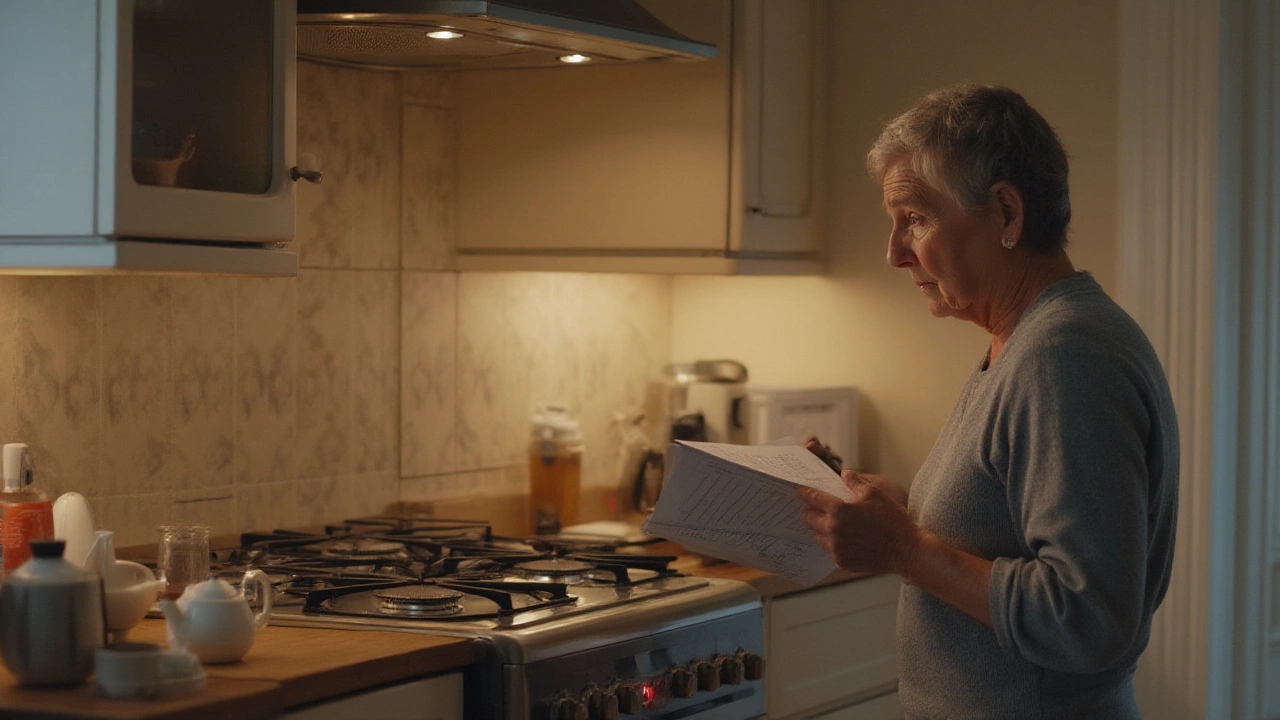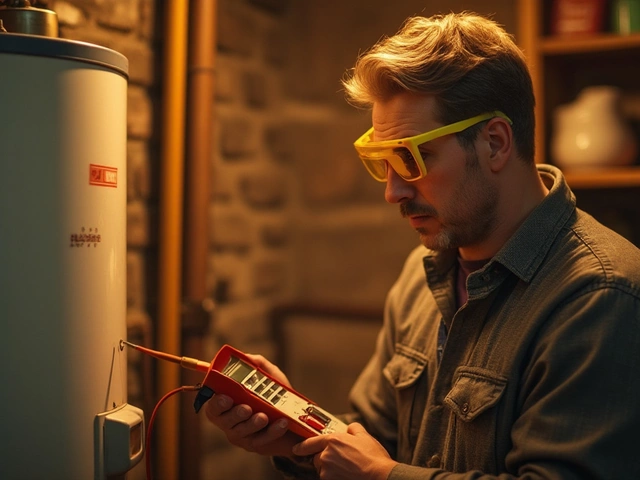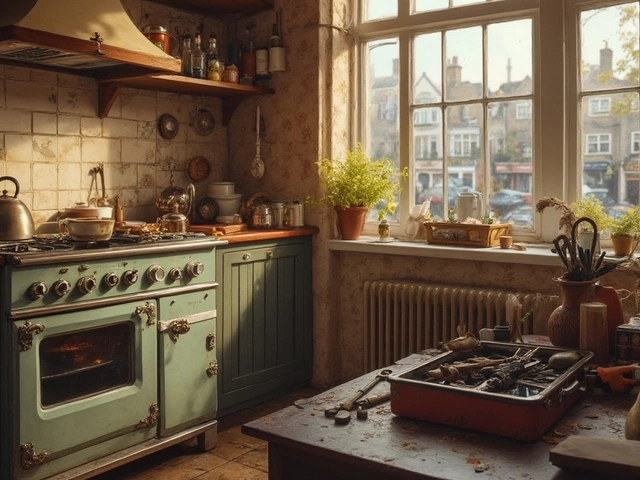If your electric stove suddenly stops heating, you’re probably wondering what went wrong and if you can sort it yourself. The good news is that most faults are simple enough to diagnose and repair without calling a technician. In this guide we’ll walk through the usual suspects, show you step‑by‑step fixes for hobs and ovens, and tell you when it’s smarter to call the experts.
Electric stoves rely on a few key parts: heating elements, thermostats, switches, and the wiring that connects everything. A blown fuse, a tripped circuit breaker, or a loose plug can make the whole unit look dead. More often the problem lies in a faulty element – the metal coil that gets hot when power hits it. Elements can crack, burn out, or develop a loose connection over time, especially if you use the stove heavily.
Thermostats and temperature sensors are another frequent cause. If the sensor sends the wrong signal, the stove may think it’s already hot and shut off the element. This usually shows up as an oven that never reaches the set temperature or a hob that flickers on and off. Finally, worn‑out switches or a bad control board can interrupt power flow, leaving you with a stove that looks fine but won’t heat.
Before you grab a screwdriver, always turn off the power at the breaker. Safety first! For a hob element, remove the top panel (usually held by a few screws), locate the faulty burner, and unscrew the element leads. Take the old element to a local hardware store – they’ll match the part number for you. Install the new element by reversing the steps, reconnect the leads, and tighten the panel back in place. Test each burner individually to confirm they work.
Oven element replacement follows a similar pattern. Take out the oven racks, locate the two screws that hold the element to the oven wall, and remove the old piece. Disconnect the wires (note which is positive and negative), fit the new element, reconnect the wires, and screw it back in. A quick turn‑on of the oven will let you see if the new element heats up evenly.
If the problem seems to be the thermostat or sensor, you’ll need a multimeter. Set it to measure resistance, and compare the reading to the manufacturer’s specs (usually listed in the service manual). A reading far outside the range indicates a bad sensor, which you can replace the same way you swap an element. Replace the sensor and re‑test the oven.
When the stove still won’t heat after checking the elements and sensors, the issue is likely wiring or the control board. At this point, it’s wise to call a qualified electrician or a professional appliance repair service. Trying to fix high‑voltage wiring without proper training can be dangerous.
To keep your electric stove running smoothly, give it a quick visual check every few months. Look for cracked or blackened elements, make sure the knobs turn freely, and wipe away any food spills that could cause overheating. A clean stove not only lasts longer but also works more efficiently, saving you a few pounds on your electricity bill.
Bottom line: most electric stove problems boil down to an element, a sensor, or a simple power issue. With a few tools – a screwdriver, a multimeter, and the right replacement part – you can fix many faults yourself. If you ever feel unsure, don’t hesitate to reach out to a local repair expert who knows the ins and outs of Bognor Regis appliances.

Spotting the two most common electric stove problems can make repairs easier. Learn how to catch signs like faulty burners and control issues with clear, helpful steps.

Diagnosing a faulty hot water heater element can seem daunting, but it's an essential skill for any homeowner. Key indicators like water temperature issues, noises, and prolonged heating cycles are telltale signs of a bad element. This article provides practical advice on how to inspect and test your heater element using accessible tools. Also included are safety tips and maintenance recommendations to extend the lifespan of your water heater.

Boiler servicing is an essential aspect of home maintenance that ensures safety and efficiency. While it might seem tempting for homeowners to attempt servicing their own boilers, it's crucial to understand the complexities and risks involved. This article explores whether boiler maintenance can be a DIY project, providing key tips and insights. It offers guidance on what aspects are safe to handle on your own and when to call in a professional.

Deciding whether to repair an electric oven after five years can be tricky, especially with advancing technology and evolving household needs. This article explores the practical aspects of oven repair, including cost-benefit analyses, common issues, and DIY tips to help inform your decision. By understanding key factors like repair costs versus replacement options, you can make an informed choice. Learn how to assess the condition of your oven and get tips on when professional help might be needed.

Thinking about swapping out your electric oven? This article covers how tough the job really is, where people usually get stuck, and what you actually need to know. We break down what tools you really need, what pitfalls you can avoid, and when you should probably call someone who’s done it before. Get ready for straight talk—no tech jargon, just real advice for regular folks. Whether you DIY or call a pro, you’ll walk away ready to make a smart decision.

Thinking about fixing your 7 year old refrigerator? This article breaks down the real costs, reliability, and what you should watch for before you pay for repairs. You’ll find clear tips on when it’s smarter to repair or replace, how much you’ll likely spend, and some key things most people forget to check. Get the real scoop from an expert so you don’t waste time or money.